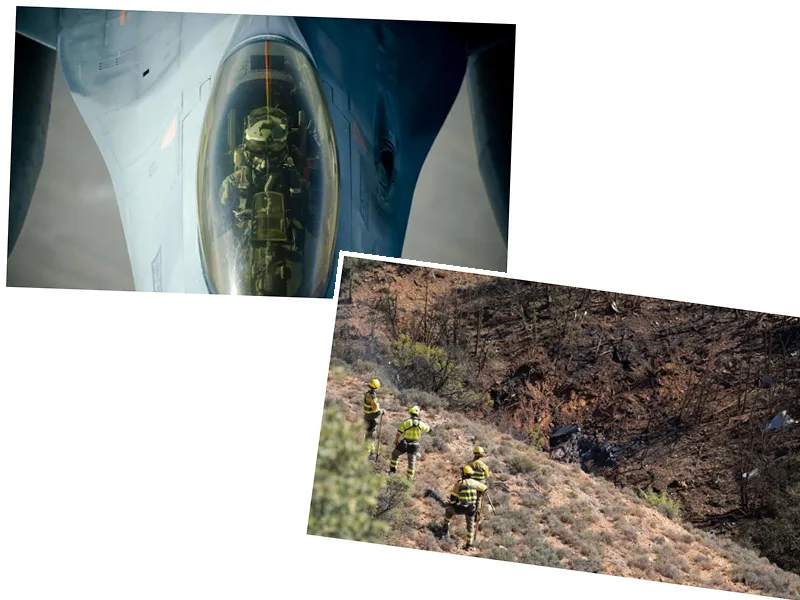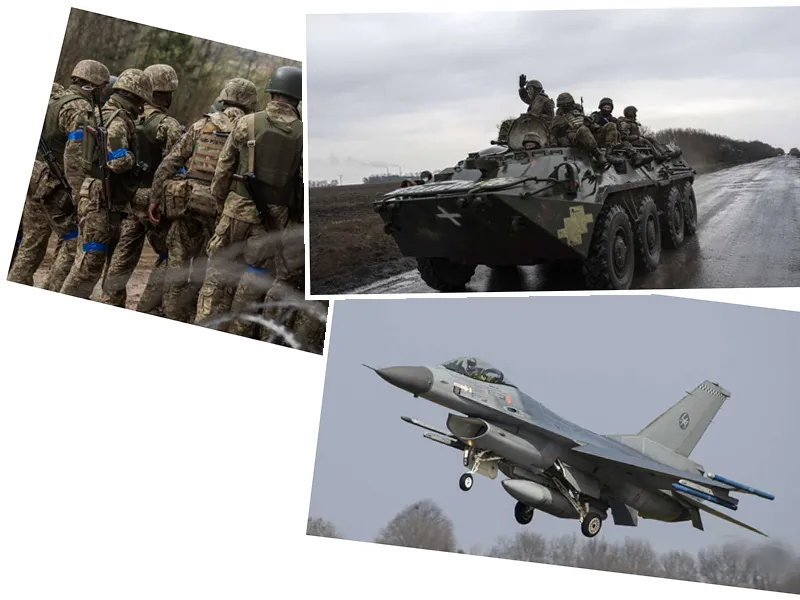Ukrainian Pilots Transitioning to F-16s: Challenges Ahead
As Ukraine continues to adapt to modern warfare, the transition of its pilots from Soviet-era aircraft to Western F-16 fighter jets presents significant challenges. Ukrainian pilots, like those trained by the U.S. and NATO, must overcome their ingrained 'muscle memory' developed from years of flying older models. This transition is likened to switching from a Nokia phone to an iPhone, indicating the drastic change in technology and operation. The complexity of the F-16's fly-by-wire controls, which differ significantly from the hydraulic systems of Soviet planes like the MiG-29, adds to the steep learning curve.
The training process is expected to take up to four years for pilots to effectively master combat tactics and operate the F-16s in high-pressure scenarios. Analysts from the Center for Strategic and International Studies emphasize that simply achieving air supremacy is not enough; Ukrainian pilots must internalize Western operational protocols to leverage the full capabilities of their new aircraft. The tragic loss of Oleksiy Mes, the first F-16 pilot casualty, underscores the urgency and risks involved in this transition.
Spanish Air Force Mourns Loss of F-18 Pilot
In a separate incident, the Spanish Air Force is mourning the loss of Lieutenant Colonel Pablo Estrada Martín, who tragically died in an F-18 training accident near Teruel. The 49-year-old pilot, a veteran with over 2,358 hours of flight experience, was conducting a training flight when the accident occurred. An investigation has been launched to determine the cause of the crash.
The F-18s, which have been in service since the 1990s, are currently under scrutiny as the Spanish Air Force debates the need for modernization. While these aircraft have been updated with new software, discussions continue about replacing them with more advanced fifth-generation fighters. The loss of Lieutenant Colonel Estrada highlights the inherent risks associated with military aviation, especially as forces around the world adapt to new technologies and combat strategies.





